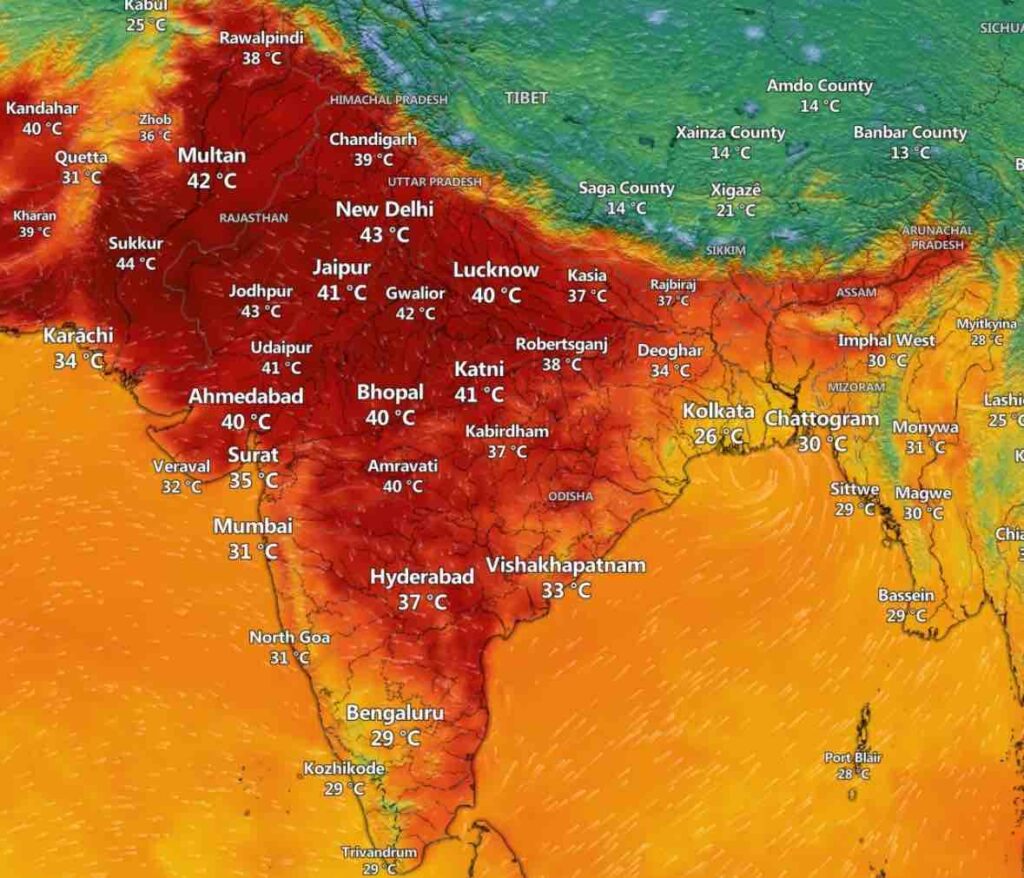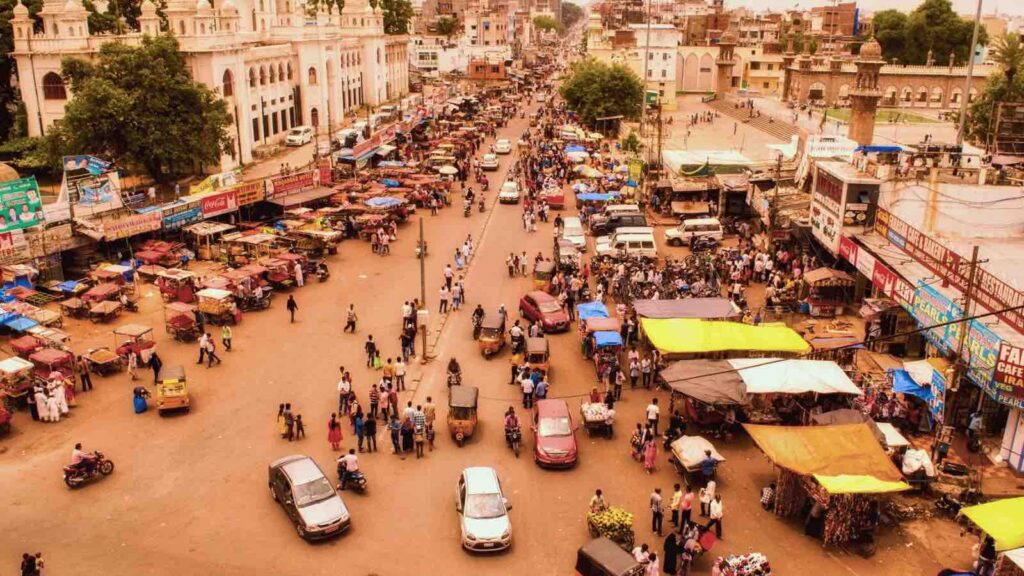On Tuesday 28 May 2024, the mercury soared to 50.5 degrees Celsius (122.9 Fahrenheit) in the city of Churu in northwestern Rajasthan state, just shy of India’s all-time high of 51C (124F) set in 2016.
NEW DELHI — An unrelenting heat wave has scorched large swaths of India in recent weeks, pushing temperatures to rare extremes and offering a glimpse at the kinds of harsh heat the country could face with greater frequency as climate change accelerates.
On Tuesday 28 May 2024, the mercury soared to 50.5 degrees Celsius (122.9 Fahrenheit) in the city of Churu in northwestern Rajasthan state, just shy of India’s all-time high of 51C (124F) set in 2016. Readings in the capital, New Delhi, have topped out above 47C (117F), marking record highs for May.
RELEVANT SUSTAINABLE GOALS


The extreme temperatures, which have taxed power grids and sparked fires, are just the latest sign of how inexorably climate change has increased the intensity and frequency of heat waves worldwide. For India, the prospect of more severe and longer heat spells raises daunting challenges for a densely populated country with hundreds of millions lacking access to cooling and many laboring outdoors in urban construction or rural agriculture.
“What we’re witnessing right now is really a never-before-seen situation in India in terms of the scale, the duration and the tenacity of this heat,” said Rama Raavi, an expert on climate modeling at the Indian Institute of Technology in New Delhi. “It’s become abundantly clear that climate change is a serious threat multiplier for heat waves.”
Frequent and Severe Heat Extremes Across South Asia
The punishing heat arrived unusually early this year, in late April, and has persisted with only brief periods of reprieve. Although high temperatures are common in the pre-monsoon months in parts of India, their intensity, duration and geographic extent this year have been well outside norms. Dozens of deaths from heat-related causes have been reported so far, and crops and energy grids have come under strain.
While linking any specific weather event to climate change requires analysis, the fingerprints of global warming are evident in these early and brutal Indian heat waves, scientists say. Heat-trapping greenhouse gas emissions from the burning of fossil fuels and other sources have raised global temperatures by more than 1 degree Celsius (1.8F) since the 19th century, and that added warmth is contributing to more frequent and severe heat extremes across South Asia.

In India, that threat is compounded by an urban heat island effect, as crowded cities with fewer green spaces and more heat-trapping surfaces like concrete and asphalt experience temperatures several degrees hotter than surrounding areas. New Delhi and other major cities have been sweltering in temperatures above 45C (113F) in recent weeks.
The heat wave’s duration and intensity are also taxing India’s strained power grid as the use of air conditioners and coolers spikes. In the capital, electricity demand has hit records, causing temporary outages in some neighborhoods as the country’s antiquated coal-fired power plants struggle to keep up.
Anand Pawar, a 45-year-old construction worker at a Delhi housing project, said he had fallen ill and been sent home on several occasions in recent weeks from heat exhaustion after laboring outdoors in the scorching sun for hours.
“This seems to be the hottest summer I can ever remember,” he said. “Our bodies keep releasing sweat buckets, but it doesn’t provide any cooling relief.”
In rural areas, the heat is compounding hardships for farmers already contending with increasing climate shocks like droughts, erratic rainfall and soil degradation. In parts of Rajasthan this month, fires fueled by high temperatures, low humidity and gusty winds swept through crop lands, destroying acres of wheat and gram fields.
While most of India usually sees relief from the peak heat by late June with the arrival of monsoonal rains, shifting weather patterns tied to climate change have made that relief harder to predict. A delayed monsoon onset could extend the intense heat well into the summer.
Whatever the timeline, experts warn that increasingly extreme heat waves are likely to become the new normal in India and other parts of the world as global temperatures continue climbing. And that harsh reality will require lifestyle adjustments, better urban planning and more robust infrastructure to protect the most vulnerable from the heat’s deadliest impacts.
“In coming decades,” said Friederike Otto, a climate scientist at Imperial College London, “we will see heat waves much more intense than today’s everywhere.”
You may also be interested in :
World Temperatures Smash Records For 12 Consecutive Months In May 2024


